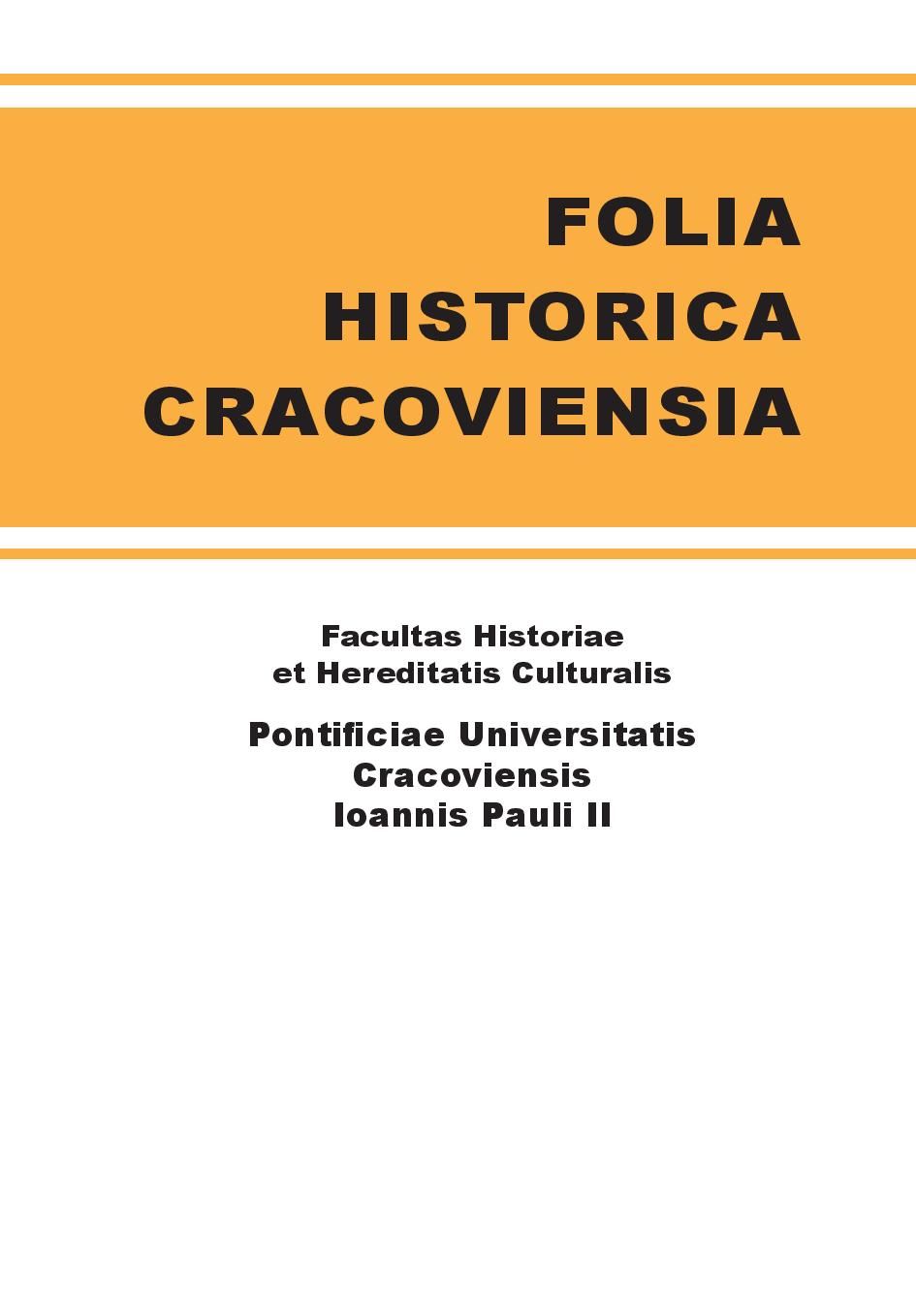A self-portrait of an Old Polish lady
DOI:
https://doi.org/10.15633/fhc.1360Keywords:
Old Polish culture, Old Polish societ, woman's role, Anna Stanisławska, Anna Maria MarchockaAbstract
Diverging roles of men and women in the Old Polish society did not result from biological differences alone. In the male eyes, a woman was the weaker part of the human species, not only in the physical or psychological sense, but also weaker intellectually, hence requiring constant care and custody. It seems nevertheless that back then women were perfectly able to take care of their own lives. In the face of adversity or situations they had been hitherto unfamiliar with, women were able to cope no worse than men, an example of which was the fact that they ran manors in the absence of their spouses, who constantly went to war in the 17th century. Despite having been raised in the spirit of submission and obedience, ladies demonstrated a lot of resoluteness, willpower and determination. At the same time they did not lose their most beautiful part: sensitivity to the sacred, gentleness, the ability to love and to feel for others, to care for children and servants. Those were real women, who could make proper use of the influence they had on the world of men, while seemingly remaining in their shadows.
Downloads
Published
Issue
Section
License
Copyright (c) 2015 Elżbieta Elena Wróbel

This work is licensed under a Creative Commons Attribution-NonCommercial-NoDerivatives 3.0 Unported License.
Authors who publish with this journal agree to the following terms:
- Authors retain the copyright and full publishing rights without restrictions, and grant the journal right of first publication with the work simultaneously licensed under a Creative Commons Attribution 4.0 International License that allows others to share the work with an acknowledgement of the work's authorship and initial publication in this journal.
- Authors are able to enter into separate, additional contractual arrangements for the non-exclusive distribution of the journal's published version of the work (e.g., post it to an institutional repository or publish it in a book), with an acknowledgement of its initial publication in this journal.
- Authors are permitted and encouraged to post their work online (e.g., in institutional repositories or on their website) prior to and during the submission process, as it can lead to productive exchanges, as well as earlier and greater citation of published work (See The Effect of Open Access).

